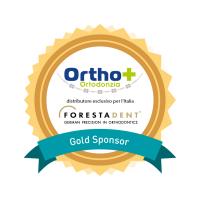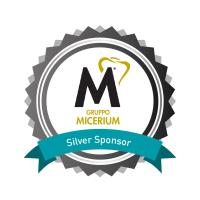Abstract
Key Factors for Orthopedic Treatment in Class III Malocclusion: a Long-Term Evaluation
by Lione Roberta
Objectives. To evaluate the long-term effects of the FM/BB protocol based on the combined use of a Delaire Face Mask (FM) and a lower bite block (BB). Materials and Methods: The FM/BB protocol had an intraoral fixed anchorage with 2 hooks in the maxillary canine region to attach the elastics. Maxillary protraction began with forward and downward traction directed approximately 30° to 40° to the occlusal plane. Elastics of increasing force were used during the first month of therapy until a heavy orthopedic force (600 g for each side) was delivered during the next treatment period. The patients were instructed to wear the FM at least 14 hours a day. During FM treatment, a BB appliance was used in all treated patients, with the aim to counteract any tendency to clockwise mandibular rotation. Results. FM/BB protocol produced significant changes in the dentofacial complex with a significant improvement of skeletal relationships through modifications of soft tissues, hard tissues and teeth. The long term evaluation showed the stability of treatment results at the end of growth. FM/BB protocol is able to produce significant and favourable long-term mandibular shape changes characterized by an anterior morphogenetic rotation. Conclusions. Early orthopedic treatment may contribute to the treatment of Class III malocclusions with long term stable correction.
Learning Objectives
After this lecture, you will be able to recognize all the signs and predictive variables of Class III malocclusion in growing subjects.
After this lecture, you will be able to use an evidence-based orthopedic treatment protocol by applying palatal expander, facial mask and bite-blocks.
After this lecture, you will be able to evaluate the efficacy of orthopedic therapy on the dento-skeletal malocclusion and its influence on soft tissue.












